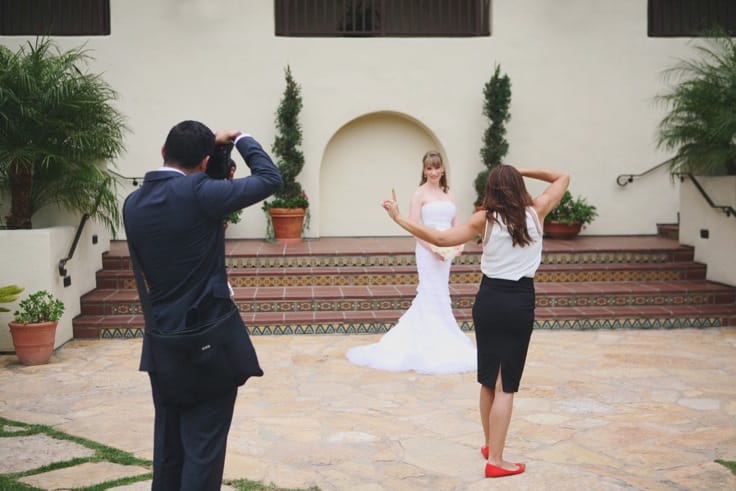Guest Post by Kelly Brown There are few things as precious as a baby’s first weeks of life, and the photos taken during this joyful time will be cherished by families for years to come. Newborn pictures are priceless, but a professional photographer’s services are valuable –– and part of your job is to price sessions in a way that’s fair to both your client and yourself. When it comes to setting your price list, there are several things to keep in mind…

1. What Are Your Overheads?
Make sure to allocate a certain amount of money per year for overheads, and take this amount into consideration when deciding how much to charge clients. Always keep in mind the cost of running your business, including rent (whether you work from home or in a studio), gas, electricity, the cost of packaging –– even the cost of the clothes you shoot in! If you’re using top notch equipment, the high quality of your work will be reflected in your higher prices.
2. How Much Do You Want To Pay Yourself?
 Since you’re self-employed, you have the advantage of setting your own salary. But before you do so, consider the cost of living in your hometown, your personal bills and expenses, as well as how much money you’d like to put into savings each year. Add this amount to your overheads so that you can estimate how many clients you’ll need to work with per year, and how much you’ll need to charge them per session.
Since you’re self-employed, you have the advantage of setting your own salary. But before you do so, consider the cost of living in your hometown, your personal bills and expenses, as well as how much money you’d like to put into savings each year. Add this amount to your overheads so that you can estimate how many clients you’ll need to work with per year, and how much you’ll need to charge them per session.
3. How Many Sessions Per Week Can You Work?
Decide how many days of the week / year you’re able to work (keep in mind that you’ll want to give yourself holiday and sick days), and divide this amount by how much it costs you to run your business. Voila, now you know how much you need to charge per session!
4. Will Your Minimum Package Cover All Your Expenses?
Your smallest priced package should cover all your expenses and pay your personal salary. This way, if clients choose to purchase a more expensive package, the extra cash is an added bonus that you can stash away in savings, or even spend on vacation.
5. Don’t Back Down On Your Price List
Chances are you’ve had clients ask you for a discounted rate. While it can be tempting to lower your prices, don’t cave. You’ve already worked out how much you need to earn per year to make ends meet, and if you start discounting, word of mouth will spread and soon price reductions will be expected. Stick to your pricing structure, and never sell yourself short!

For more tips from Kelly Brown, tune into “Bumps to Babies: Photographing Motherhood” on creativeLIVE August 23rd to August 25th. She’ll be teaching alongside award-winning glamour photographer Sue Bryce. Kelly Brown is a newborn photographer from Brisbane, Australia and founder of Little Pieces Photography.







 photography service. That’s the step you need to take to be successful in this competitive industry.”
photography service. That’s the step you need to take to be successful in this competitive industry.” serious about bringing their dream job to life will do most anything they can to get started in a world that is already saturated with quality professionals. For most people, this often means starting as a second shooter for established photographers at weddings and other events.
serious about bringing their dream job to life will do most anything they can to get started in a world that is already saturated with quality professionals. For most people, this often means starting as a second shooter for established photographers at weddings and other events.











